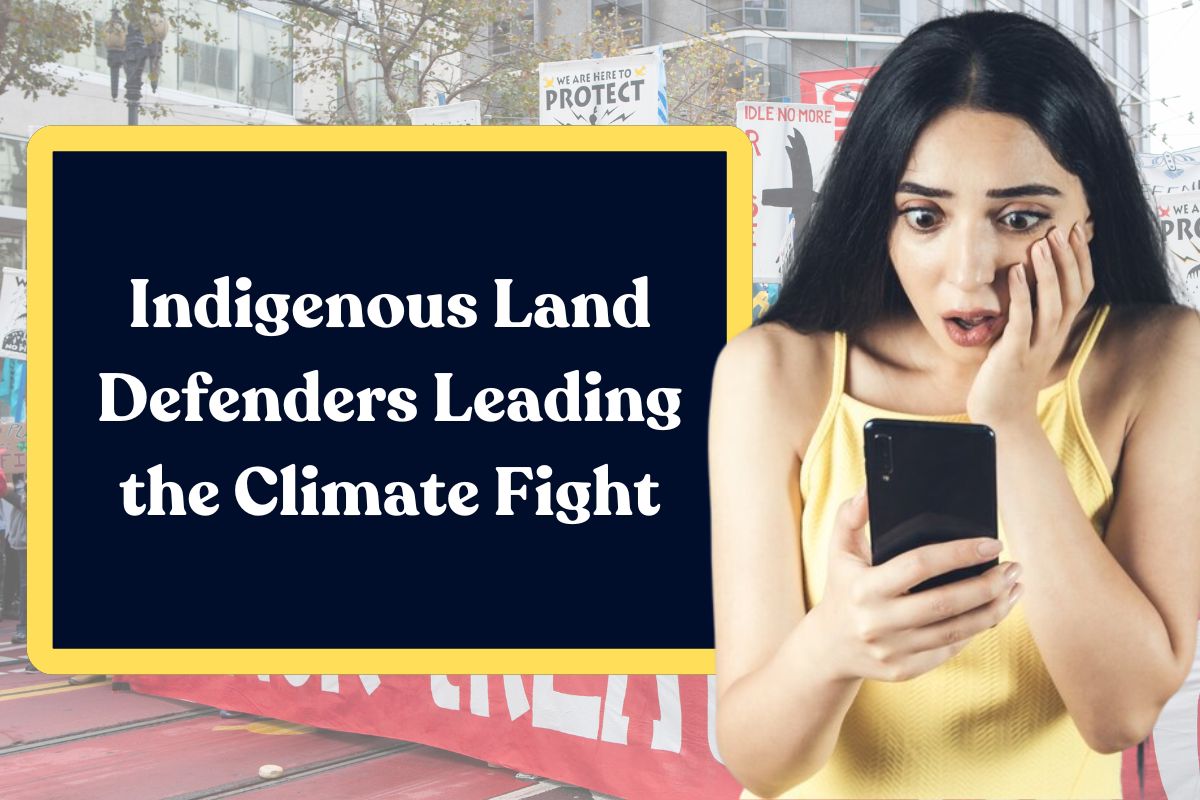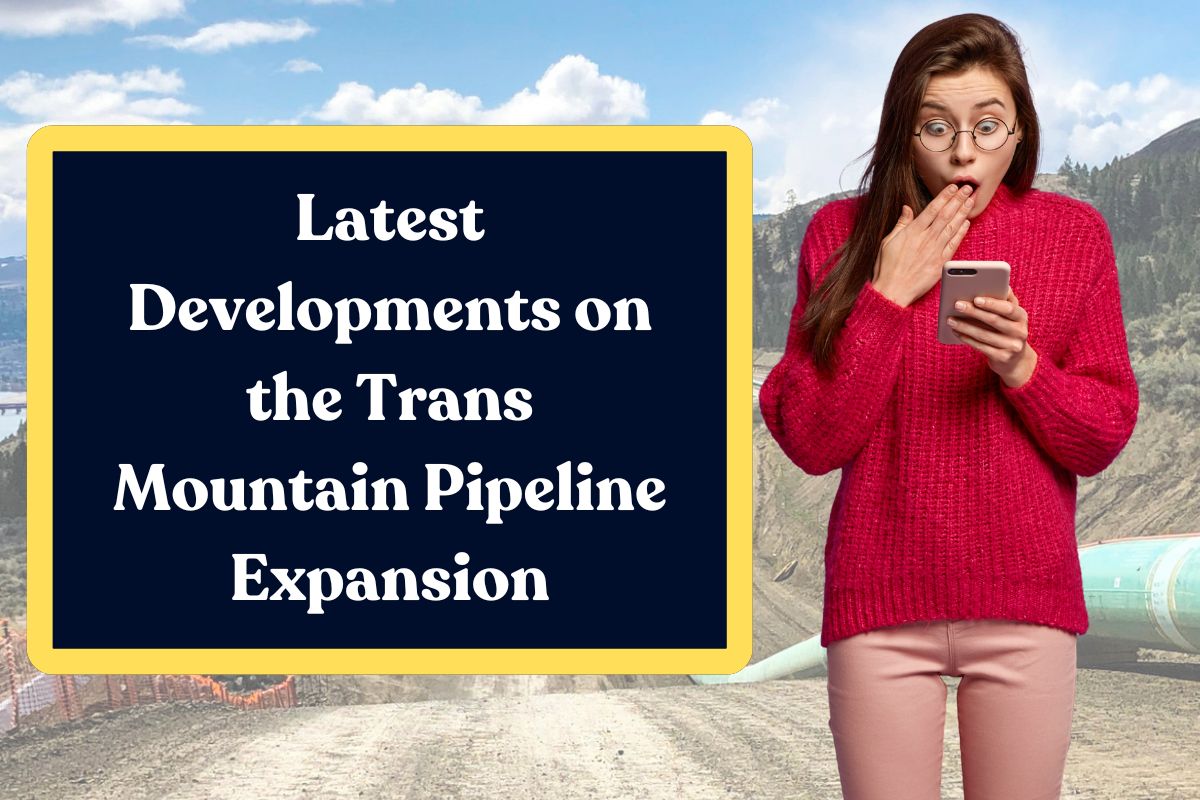Whenever we see a battle against climate change we would find a great contribution from the Indigenous communities. Their leadership has been of immense effect in the climate change efforts. They are more than just activists, they are land defenders. The Indigenous folks are those who are standing between ecosystems and extractive industries.

With their ancestral heritage and community backed resistance the Indigenous folks have become a major player in the global climate justice movement. Today, we will be talking about such land defenders who are leading the climate fight around the world.
Legal Victories: Defending Land Through the Courts
Below we have presented some of the instances where the indigenous efforts have resulted in great victory for the environment.

Nemonte Nenquimo and the Waorani People (Ecuador)
In 2019, the Waorani of Ecuador, a campaign led by activist Nemonte Nenquimo, won a landmark case. This particular victory has led to the blocking of an oil drilling project. They saved 500,000 acres of their ancestral Amazon rainforest land by stopping the whole project.
The court upheld the right of the community to Free, Prior, and Informed Consent (FPIC). This has set a powerful precedent in the environment. Nenquimo for her efforts was later named in the TIME 100 list. She was also awarded by the UN for her work in environment advocacy.

Mujeres Amazónicas (Amazonian Women’s Collective, Ecuador)
This particular Indigenous women lead activists group has actively opposed the oil concession since 2013. The movement was led by powerful voices like Patricia Gualinga.
The movement played an important role in bringing forward the ecological and spiritual importance of the Amazon. They have successfully taken their demands to the various global institutions and to the Inter-American Court of Human Rights.

Hualapai Tribe (Arizona, USA)
The Hualapai tribe in the USA has recently sued the federal government in order to stop the lithium mining prince near their sacred hot springs. The court has issued a temporary halt to the project, leading to a major win for the tribe. The court said that even green energy projects must respect Indigenous sovereignty.
Grassroots Resistance: Standing on Sacred Ground
While above we have discussed some of the major international campaigns. There are lots of grassroot resistance from the indigenous folks to save the environment and their sacred grounds:

Wet’suwet’en Nation (Canada)
The efforts of the Wet’suwet’en hereditary chiefs have been going on for more than a decade now. They are actively opposing the Coastal GasLink pipeline cutting through their unceded territory. In 2020, their resistance led to the national rail blockades, in response to the Canadian police arresting the land defenders. Despite continued pressure, Wet’suwet’en leaders remain committed to protecting their land and river systems.
Standing Rock Sioux Tribe (USA)
Another protest that caught the world’s attention was the 2016–17 Dakota Access Pipeline. The whole protest was organized by the Standing Rock Sioux Tribe and was supported by thousands of allies.
This particular protest was to resist the construction of an oil pipeline near their water source. Even after the protest the project moved forward, the resistance reshaped the environmental justice narrative in the U.S.
Fairy Creek Blockade (Canada)
In British Columbia, the Pacheedaht and other First Nations activists came together with other environmentalists in order to stop the old-growth logging in Fairy Creek. Their campaign was marked by mass arrests and it clearly highlighted the ecological and cultural importance of ancient forests, some over 2,000 years old.
Seed Mob (Australia)
Australia’s Indigenous youth collective, Seed Mob, has rallied against fracking in the Northern Territory. Their documentary Water is Life brought national attention to how resource extraction threatens sacred water systems and community health.
Climate Lawsuits: Justice Through the Legal System
Currently, we are seeing that climate litigation is growing. The Indigenous plaintiffs are playing a major role in this. As per the UN Environment Programme, currently more than 6,100 climate lawsuits are going global and by 2027 we can see this number going double or more.
Indigenous communities in nations like Ecuador, Canada, Australia, and New Zealand are actively suing their governments and corporations. They are suing on grounds of violating their constitutional environmental protections. They argued that these actions directly threaten food and water security, and undermine cultural survival.
Women at the Helm: Indigenous Matriarchs of Climate Resistance
When it comes to the environment of the indigenous resistance we have found women leading it. Below we have discussed some of the women led resistance that you should know about.
Bai Bibyaon Ligkayan Bigkay (Philippines)
She is the first female chief of her Talaingod-Manobo tribe. Bigkay has played an important role in resisting the mining and logging in Mindanao’s Pantaron Mountain Range. These mountain ranges are one of the Philippines last remaining rainforests.
Mujeres Amazónicas (Ecuador)
Beyond legal efforts, these Amazonian women gather for spiritual and political resistance, marching across cities, confronting politicians, and defending the rivers and forests they call sacred.
Why Indigenous Leadership Matters?
So now that we have discussed lots of Indigenous leadership, it is important that we have a look at their importance. As at the center of any environmental issue we will find that indigenous leaders have a big role to play.
1. Deep Ecological Knowledge
For Indigenous communities land is not a property, but a relative or part of their family. Their traditional practices such as rotational harvesting, controlled burns, and sacred site protections give us insights about the millennia of sustainable management by the community.
2. Community-Rooted Activism
Like other campaigns that are driven by third party NGOs, you will find that Indigenous campaigns are deeply rooted within the communities. Their activism is deeply connected to their local ceremonies, cultural continuity, and the spirit of collective survival, which strengthens resistance movements.
Indigenous land defenders have played a major role all around the world in defending their surroundings. They are not just your basic protestors but are a visionary. They don’t fight only to stop some oil wells or the pipelines, but they want to create a society where nature is not exploited but honored.
One thing that we need to understand is that you can not achieve climate justice without achieving the Indigenous justice first. The Indigenous folks are the first guardians of the Earth, and their leadership guides us towards a more livable, just and balanced future.






